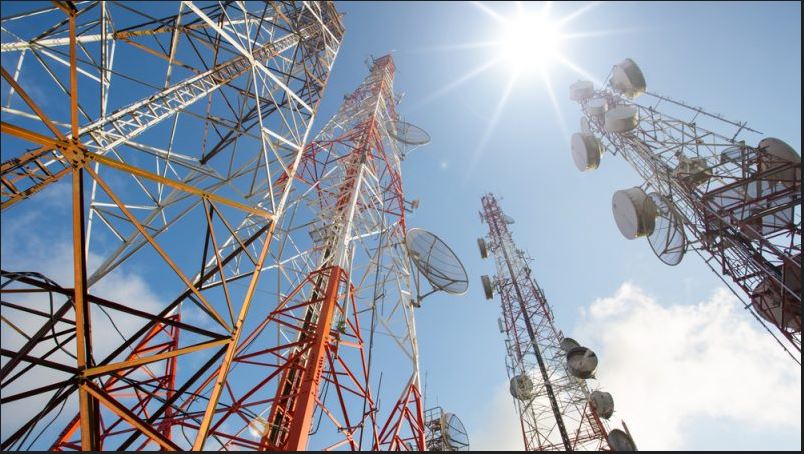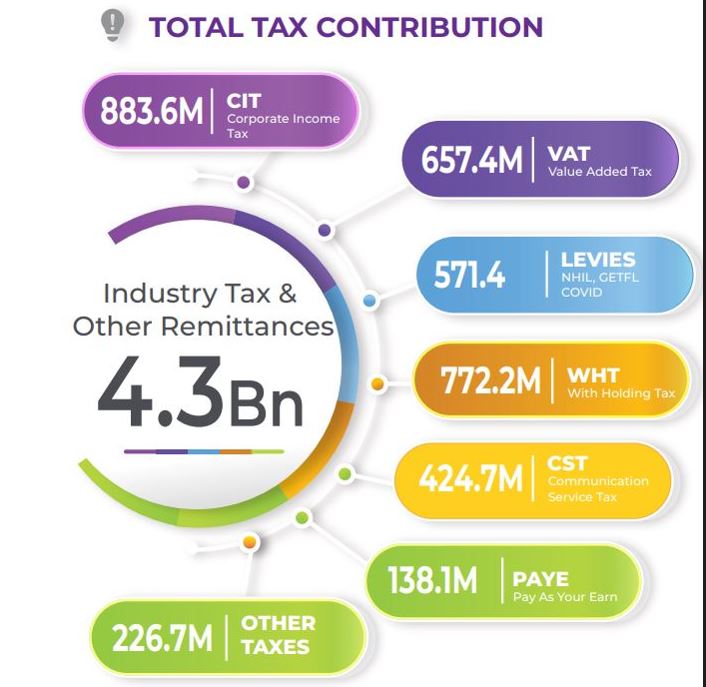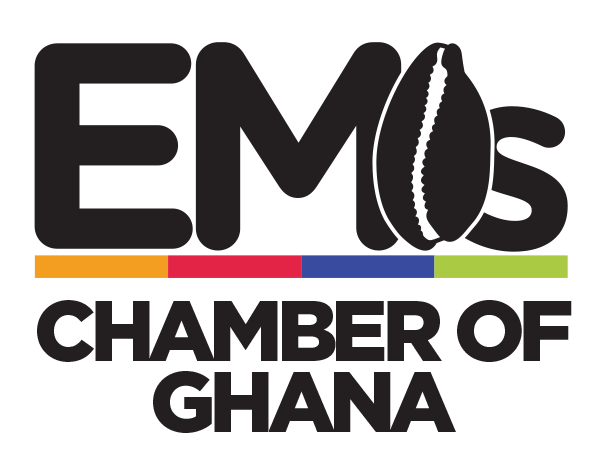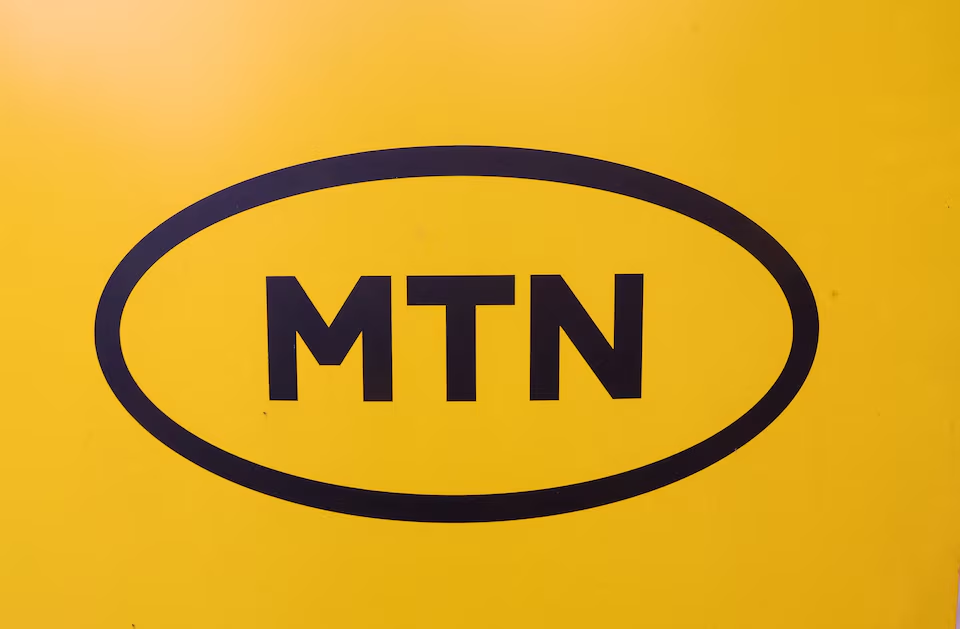This represents an increase of over 18% in the taxes paid by the industry, along with other remittances made, to the government and other statutory bodies.
The revelation was made by the Chief Executive Officer (CEO) of the Ghana Chamber of Telecommunication (GCT), Ing. Dr. Kenneth Ashigbey, at the launch of the 2021 Total Tax Contribution (TTC) Report in Accra.
The yearly report anonymizes data collected from the members of the Telecommunications Chamber, namely AirtelTigo, MTN, Vodafone, ATC, Helios, Comsys, CSquared, Ericsson and Huawei, with the objective of showing the contribution of the industry to the socio-economic development of the country.
In his address to the participants at the launch event on Monday November 14, 2022, Ing. Dr Ashigbey noted that the contribution of GH¢ 4.3 billion accounts for approximately 7.7% of the government’s 2021 tax revenue as captured in the budget. Under the 2021 year of assessment, the Ghana Revenue Authority (GRA) generated a total revenue of ¢57.43 billion.
Methodology
The Total Contribution methodology was used to carry out the study. This methodology measures the total tax contribution made by members of GCT. As well, the survey also considered the total non-tax contributions made by members of GCT. The study focused on both tax and non-tax contributions by members to government
Tax contribution breakdown
Corporate Income Tax (CIT) drops from GH¢ 975.4 m to GH¢ 883.6 m
This relates to taxes paid on profit made by the members of the Chamber. In monetary terms, the industry contributed GH¢883.6 million to CIT last year. CIT represented key contributor of taxes from the GCT yielding about ¢884million (about 20.69%) of the total tax contributions. This is a decline of about 9% from last year’s contribution of GH¢976 million. This is to be attributed to the general economic recovery from the shocks of COVID-19. Expenditure shot up resulting in a high withholding tax contribution and also impacting overall profit. These represents investments that would result in a positive impact on the coming years.
VAT grows from GH¢ 550.2 m to GH¢ 657.4 m
The report by the Chamber showed that Value Added Tax (VAT) was the third biggest tax line of the industry behind CIT and Withholding Tax. From GH¢ 550.2 m in 2020, the VAT line contributed about GH¢657.4 million to the nation’s coffers. This was about 20% inflow increment in the 2020 figure of ¢550million. This rise could be attributed to the increase in the number of contracts that GCT members signed, thereby increasing revenue and, hence increasing output VAT
Withholding Tax grows by over 100%
Data from the report showed that another major contributory tax line, that is Withholding Tax (WHT), saw its contribution jump from GH¢ 384 m in 2020 to about GH¢722.2 m in 2021, representing a growth of 88%. This increase is attributed to rising cost of doing business as well as increase in spending which impacts the overall value chain of the industry. This also shows the contribution to other industries and has the tendency of increasing indirect job creation
Communications Service Tax drops by 19%
The report further revealed that the proceeds from the Communications Service Tax (CST) dropped from GH¢ 525.4 m in 2020 to GH¢424.7 m in 2021. There was a decrease of about 19% representing about ¢100million from the prior year. Recovery from the shocks of the pandemic has affected quite a number of things including people returning back to their offices.
GH¢ 571.4m in levies
The report meanwhile showed that levies, which include the National Health Insurance Levy (NHIL), Ghana Education Trust Fund (GET Fund) levy and the COVID-19 levy contributed a sum of GH¢571.4 m last year as opposed to GH¢ 403.6 m. in the prior year of 2020. There was a growth of 41.2%, this is partly attributable to COVID-19 levy that was assented to by the President on the 31st of March 2021.
Import Duties
There was a 27% increase in the import duty collections for the 2021 financial year compared to the 2020. This is evident of the increased supply chain cost that has impacted inflationary levels in the country. It is very important to continue to direct our efforts as a country to develop and implement local solutions that does not put too much pressure on our local currency. The depreciation of the cedi we have seen in 2022 would adversely impact on the industry.
Marginal rise in Pay as You Earn
A review of the report also showed that the Pay as You Earn (PAYE) tax line grew marginally from GH¢ 135.7 m in 2020 to GH¢138.1 m in 2021, a growth of 1.7%. This was on the back of some job losses in the industry due to the difficult economic environment that the industry operates in where revenues growth is not matching the spiraling growth in cost.
Surtax on International Inbound Call Termination
Over the last ten years, Ghana imposed a new additional telecommunication specific tax, in the form of a Surtax on International Inbound Call Termination (“SIIT”). The SIIT takes the form of an imposed fixed price that operators must charge for international inbound termination, of which the government takes a set amount.
In Ghana, mobile network operators are by law, Electronic Communications (amendment) Act, 2009 (Act 786); expected to charge a minimum rate for international incoming calls (IICs) i.e., US$0.19 per minute and pay 32% of that amount as government’s share i.e., US$0.068 per minute.
This law that sets compulsory prices for international termination and allows for a government mandated surcharge appears inconsistent with our country’s move towards liberalization of the sector.
Against a background of economic growth and of significant growth in usage and industry variables such as mobile penetration and more; Ghana’s data shows an ineffective tax policy with revenues dipping more than 80% over the decade from 2010 to 2020. Between 2020 and 2021 SIIT has further declined by 82% from GH¢ 79.1 m to GH¢ 14.1 m.
With the growth of 4G networks, with a coverage of 90% of the population and the use of over-the-top (OTT) applications like WhatsApp, Facebook, Zoom, Teams, etc. demand has clearly shifted to Voice Over Internet Protocols (VOIP). These are voice calls using a broadband Internet connection instead of a regular phone line and with SIM Registration making SIM Boxing difficult. This policy is resulting in a clear loss of tax revenues to government, mobile operators and consumers
In light of these negative consequences, the Chamber wishes to reiterate the points made last year that Ghana needs to waive the surcharge and adopt a more forward-looking tax policy like the ad valorem model. Here, prices for international termination services must be set through the interaction of operators in a competitive market and governments can take a percentage of the revenue operators
Taxes paid by Mobile Financial Services
Mobile Money operators in industry also paid taxes to the tune of GH¢272 m in the 2021 fiscal year from GHS218 m that was paid or collected for government. So even before the imposition of the e-levy the Mobile Financial Service has been contributing taxes to government from withholding taxes from commissions to Merchants, engagement with Suppliers, Distributors, Partners and other taxes including CIT, National Stabilization Levy, Imported VAT etc.
It is important to note that with the introduction of e-levy in 2022, the risk of decline in taxes from the subsector is eminent especially CIT, as revenues have declined while cost has increased.
An industry struggling under taxes
In his remarks the CEO of the Chamber reiterated the important role the Telecommunication industry plays in our socio-economic development and argued that it cannot be taxed as Sin industries such as alcohol, tobacco and the likes. The industry pays 47.4% of its revenue to government in the form of taxes, levies and charges from 46.8% that was paid in 2020. This is not sustainable and has to be changed.
For an industry that contributes 6.32% to the country’s Non-Oil GPD, but contribute 7.7% to Government Tax Revenue, a lot have to be done to reduce this differential.
He also added that elevated levels of taxation have had a debilitating impact on the industry especially when it comes to the application of industry-specific taxes which distorts the market and drives out investments.
Employment of Ghanaians
The report also highlighted the critical role the industry plays in creating employment for Ghanaians. Data provided by the Chamber showed that the number of direct jobs had jumped from 5,200 in 2020 to 6,100 in 2021, representing an increase of about 17%, while indirect jobs created was 1.2m. The industry should be seen as the workhouse that is dragging other industries up the development hill rather than the cash cow that that is being milked.
Source: Chamber News Desk





